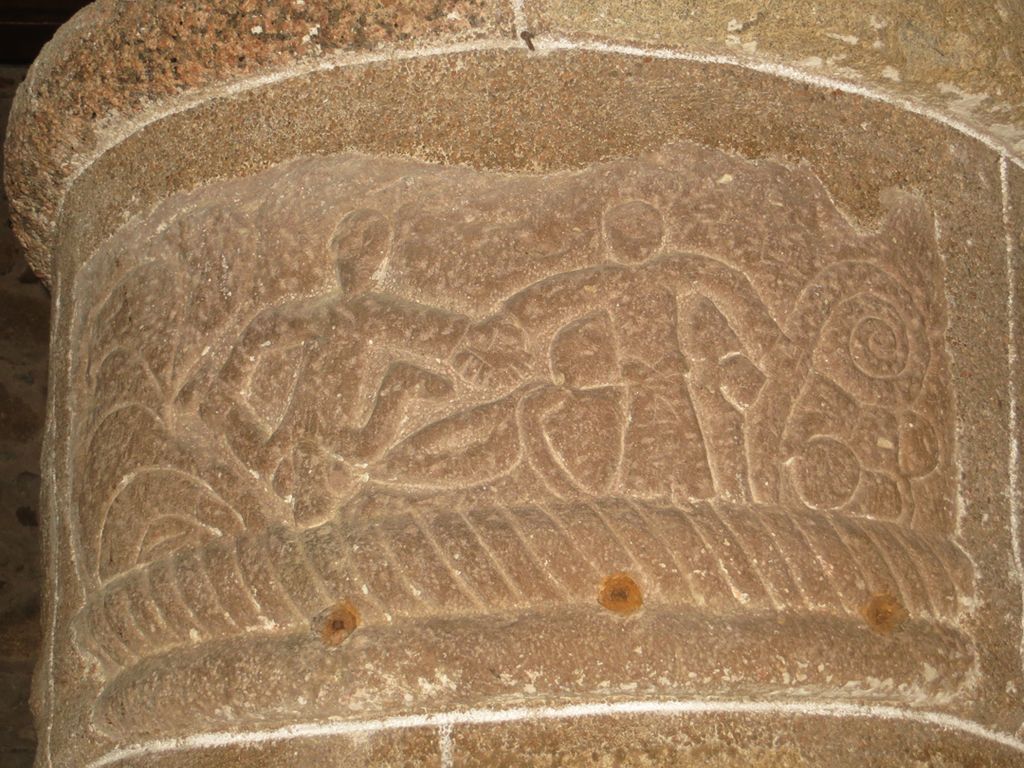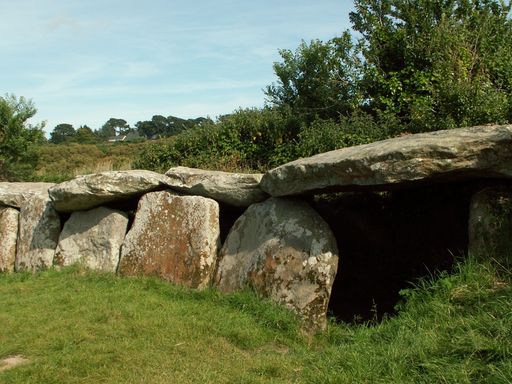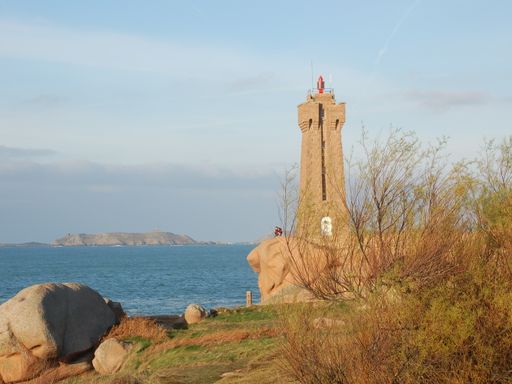
Saint Jacques Church
Perros-Guirec



About
Construction of Saint Jacques Church began in the eleventh century using granite from the area and further construction followed over the years, resulting in today's patchwork of architectural styles. During your visit, you will see the nave, the south door and the columns with carved capitals, superb examples of Roman art. The fourteenth century square tower and Gothic nave and the spire on top of the seventeenth century dome are also worth a look. Finally, the frieze of carved octopuses, unique in Roman art, and the sculpture of the Nativity, the oldest in the whole of Brittany, are impressive.


The marina (Trozoul)
Trébeurden
Several hundreds of millions of years old, granite is timeless. Even now, its high quality makes it a material of choice for many uses. The marine bears testament to this: its wall was built from...  See
See


Kerguntuil
Trégastel
Dating from before 2,000 B.C., the megaliths of Kerguntuil are the impressive remnants of the structures built by Neolithic man. These immense monuments of assembled stones (the gallery grave is 9...  See
See


Ploumanac‘h lighthouse and rocks
Perros-Guirec
The pink granite lighthouse stands in the middle of the chaotic rock formations formed by the erosion of cooled magma then shaped by the rain, salty sea spray and wind. Its name, "phare de Mean Ruz",...  See
See


Bringwiller and Kerlavos Bay
Trégastel
There is evidence of very early human religious and economic activity in this area. Its name, Brenn Guiler, meaning "hill of the Roman village", bears testament to the presence of the Romans in...  See
See



